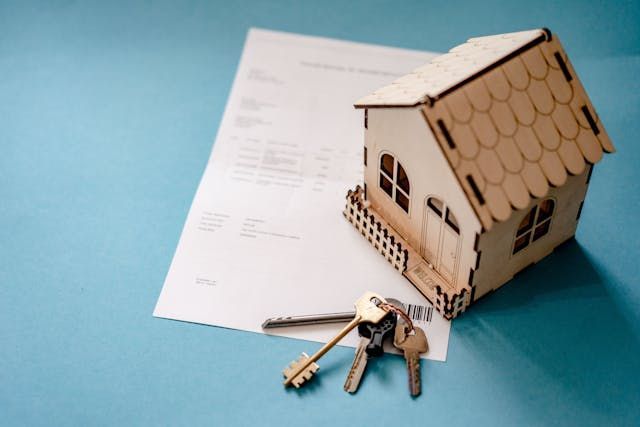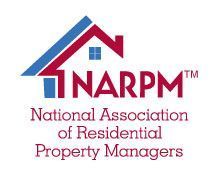How To Handle Tenant-Related Property Damages
Tenant-related property damage is a common concern for property owners. As a property owner, one expects the tenants to take good care of the property. However, damages to the property can occur due to carelessness or unforeseen circumstances.
Managing tenant-related property damage poses several challenges for property owners. These challenges include:
- Financial Loss: Repairing the damage incurred by tenants can be costly, potentially impacting the property owner's financial stability.
- Legal Issues: Disputes may arise between property owners and tenants regarding responsibility for damage and the extent of repairs needed. This may escalate into legal proceedings.
- Time and Effort: Dealing with property damage can be time-consuming and labor-intensive; diverting the property owner's attention from other important tasks.
- Tenant Turnover: Property damage can lead to dissatisfaction among tenants; increasing the likelihood of turnover and vacancy periods.
Strategies for handling tenant-related property damage:
- Conduct Regular Inspections: Regular property inspections are proactive measures to catch potential issues early. By documenting property conditions before and after each tenant's occupancy, property owners establish a solid foundation for efficiently addressing any subsequent damage.
- Establish Clear Lease Agreements: Clarity is key in lease agreements. Clearly defining tenant responsibilities for maintenance and damage helps prevent disputes and ensures swift resolution when issues arise. Specific clauses outlining reporting procedures empower both property owners and tenants to act promptly.
- Communicate Effectively with Tenants: Encouraging tenants to report damages promptly and providing clear instructions for minor repairs fosters a sense of responsibility and cooperation. Transparent and responsive communication builds trust and reduces conflicts.
- Take Swift Action: A timely response is crucial to mitigating property damage. Property owners should assess and address reported damages promptly, documenting all actions taken. This not only prevents further deterioration but also demonstrates professionalism and commitment.
- Educate Tenants: Provide tenants with guidelines on how to take care of the property; including instructions for routine maintenance tasks such as cleaning, landscaping, and appliance upkeep. Educating tenants can help prevent accidental damage and promote a sense of responsibility.
- Professional Repairs and Maintenance: Always seek the services of licensed professionals when addressing property damage. Hire skilled contractors for thorough assessment and repairs. Property owners can speed up the resolution process and ensure quality repairs by collaborating with experts.
- Mediation and Legal Recourse: When disputes arise, seeking mediation or legal advice can provide resolution avenues. Understanding local laws related to property owners and tenants, ensures compliance and protects rights. Professional guidance is invaluable in navigating complex legal landscapes.
- Thorough Tenant Screening: Before renting out a property, conduct a thorough background check of the prospective tenants with their written consent. These should include rental history, criminal background, credit, and reference checks. Look for red flags, such as previous instances of property damage or eviction.
To know more about how to manage your property efficiently, visit Hunter Rentals & Sales at 1503 W Stan Schlueter Loop, Killeen, TX 76549, United States, or call (254) 634-3311. You can also browse at
www.hunterrentals.com.







